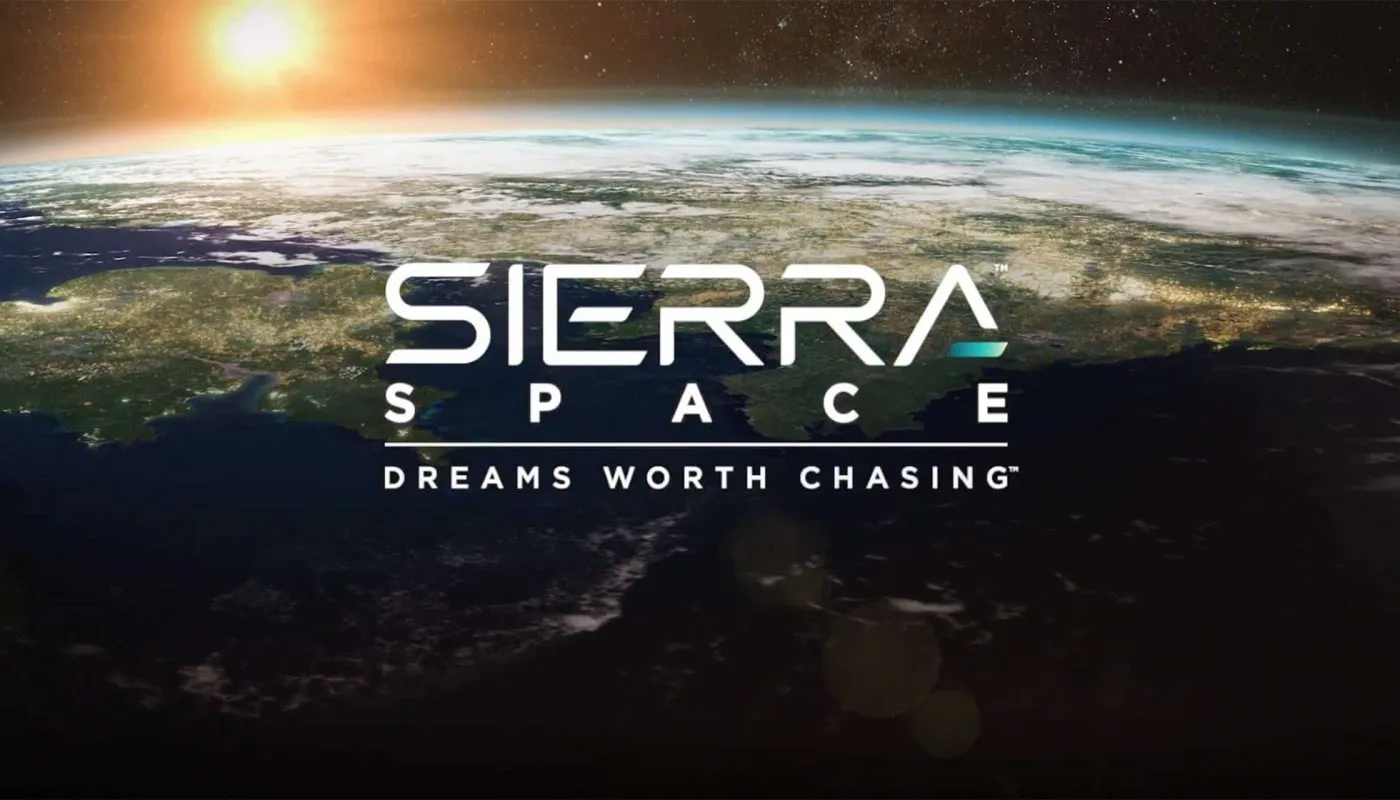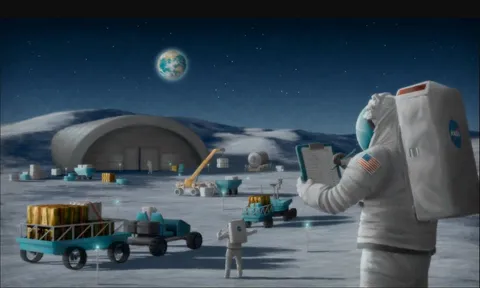
Sierra Space Wins Key NASA Contract for Lunar Logistics
Sierra Space, a pioneering commercial space company and key defense technology partner dedicated to building a versatile platform in space for the benefit and protection of life on Earth, has announced a major new contract award from NASA. This contract involves a critical study into the application of Sierra Space’s innovative expandable space station technology on the lunar surface. The objective of this contract is to develop forward-thinking, practical solutions for lunar surface logistics and mobility that will support NASA’s ambitious Moon to Mars exploration architecture.
This significant contract is part of NASA’s Next Space Technologies for Exploration Partnerships (NextSTEP-2) program, specifically under Appendix R which focuses on Lunar Logistics and Mobility Studies. By winning this award, Sierra Space positions itself at the forefront of several important space infrastructure verticals including logistical carriers, logistics transfer systems, staging, storage, tracking, trash management, and the creation of integrated strategies for lunar surface operations.
Leveraging Expandable Habitat Technology for Lunar Missions
One of the most exciting prospects in this contract is the potential use of Sierra Space’s inflatable LIFE® habitat technology. LIFE, which stands for Large Integrated Flexible Environment, is an expandable softgoods habitat that Sierra Space has developed for orbital use. Now, NASA is exploring how this versatile technology could be adapted for the moon, potentially serving as tunnels or corridors around a lunar base, providing critical living and working space for astronauts.
In addition to physical habitats, the contract covers other logistical aspects crucial to establishing a sustainable human presence on the moon. This includes systems for tracking and storage of goods, ensuring that supplies, tools, scientific samples, and other cargo can be effectively managed on the lunar surface. Furthermore, it involves developing integrated frameworks to support all aspects of habitation, from initial construction and maintenance to long-term operations.
Dr. Tom Marshburn, Chief Astronaut and Vice President of Human Factors Engineering at Sierra Space, emphasized the company’s confidence in their technology’s ability to meet NASA’s challenging requirements. “We believe our expandable softgoods space station technology can thrive not only in low-Earth orbit for commercial applications but also in the harsh conditions of deep space exploration alongside NASA,” Marshburn said. “By leveraging existing proven technologies, Sierra Space is uniquely positioned to deliver scalable, robust solutions that support both NASA’s near-term and long-term mission objectives on the moon and beyond.”
Deep Involvement in NASA’s Lunar Exploration Architecture
Sierra Space’s role in the lunar exploration ecosystem goes beyond this contract. The company has substantial insight and involvement in NASA’s broader lunar exploration plans. This expertise stems from extensive analysis and design work performed for critical lunar systems such as landers, rovers, and habitats. Sierra Space also actively supports providers of human landing systems, lunar terrain vehicles, and lunar pressurized rovers — all key components of NASA’s vision for a sustained human presence on the moon.

This deep involvement ensures that Sierra Space’s proposed solutions for lunar logistics and mobility are not developed in isolation but as an integral part of a comprehensive architecture. The company’s contributions help address complex challenges related to safely landing astronauts, moving them and cargo across the lunar terrain, and providing safe, sustainable living environments.
Recent Technological Milestones: Hypervelocity Impact Trials
In April, Sierra Space announced a major milestone that underscores the readiness of their LIFE habitat technology for the demands of space. The company successfully completed a series of hypervelocity impact trials at NASA’s White Sands Test Facility in Las Cruces, New Mexico. These tests were designed to optimize the structural integrity of the LIFE habitat’s outer shell, ensuring it can withstand the high-speed impacts from micrometeoroids and orbital debris (commonly referred to as MMOD).
The tests utilized NASA’s advanced .50 caliber two-stage light gas gun to simulate the extreme conditions and high-velocity impacts that the habitat would encounter in orbit. The results demonstrated the effectiveness of the habitat’s outer shield in protecting its internal environment, an essential factor for any space station or lunar habitat intended to safeguard crew members and sensitive equipment.
This successful demonstration of resilience marks a critical step toward adapting the LIFE habitat for lunar surface applications, where protection from micrometeoroids and lunar dust is paramount.
The Significance of Lunar Logistics for Moon to Mars Exploration
The logistics challenge on the moon is unprecedented. Unlike the International Space Station (ISS), which benefits from frequent resupply missions from Earth, a lunar base must operate more autonomously, efficiently managing limited resources and materials. This requires innovative solutions in how cargo is stored, tracked, transported, and even disposed of.
NASA’s Moon to Mars program aims to establish a sustainable human presence on the moon as a stepping stone for eventual crewed missions to Mars. To do this, the agency must solve the logistics puzzle on the lunar surface — how to keep astronauts supplied, supported, and safe over extended periods far from Earth. This contract with Sierra Space focuses precisely on these challenges, aiming to develop technologies and strategies that will enable efficient cargo handling and mobility on the moon.
By developing flexible, expandable habitats and integrated logistics systems, Sierra Space’s technologies could play a key role in reducing mission risks, costs, and complexity. Their expandable habitats offer a lightweight, scalable solution that can grow with the mission’s needs, while their logistics frameworks provide the foundation for managing lunar surface operations.

